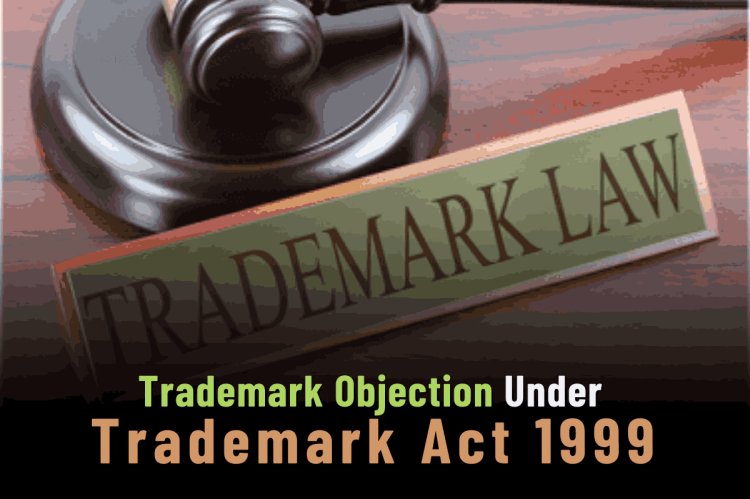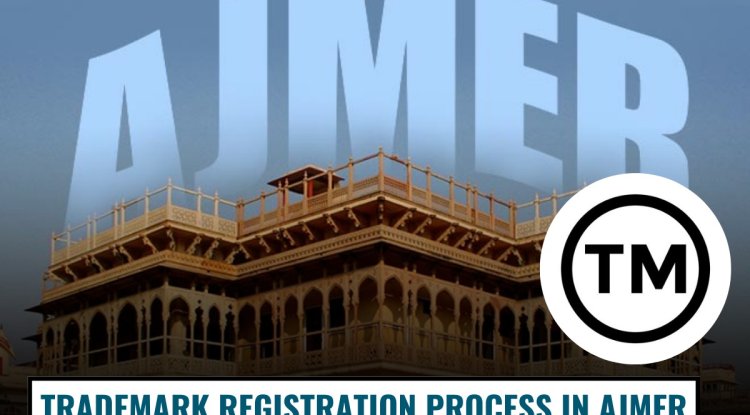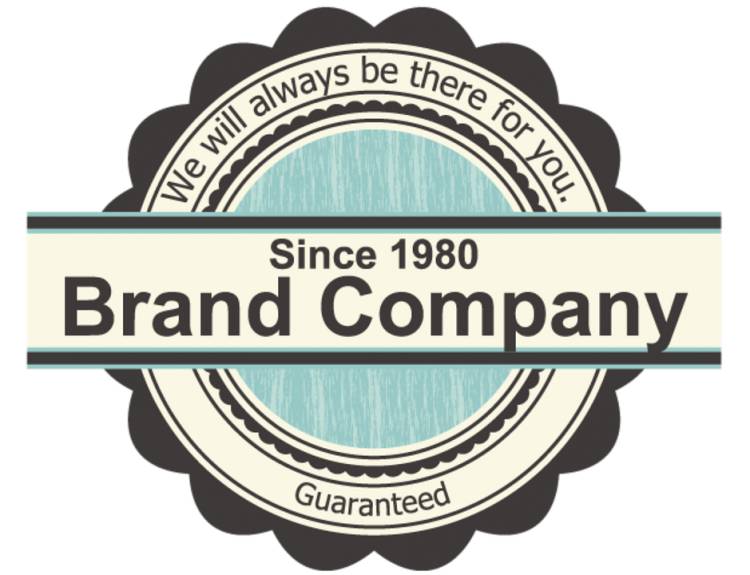Trademark Objection Under Trademark Act 1999
Trademark objections are a critical part of the trademark registration process in India under the Trademark Act, 1999. Raised during the examination stage, objections highlight discrepancies or conflicts in the application. These objections can be based on absolute grounds (lack of distinctiveness, descriptiveness, or offensiveness), relative grounds (similarity with existing trademarks or likelihood of confusion), or procedural errors. Effectively responding to an objection requires analyzing the examination report, filing a detailed reply with supporting evidence, and addressing any further hearings. Overcoming these objections ensures smoother progression to trademark registration, safeguarding brand identity.

The trademark registration process in India involves multiple stages, including filing, examination, publication, and registration. During the examination stage, the Registrar of Trademarks may raise objections if the application does not comply with the provisions of the Trademark Act, 1999. This process, commonly referred to as a trademark objection, is crucial as it determines the fate of your trademark application.
In this blog, we will delve into the reasons for trademark objections, the legal grounds under the Act, and how to handle them effectively.
Understanding Trademark Objections
A trademark objection occurs when the Registrar identifies discrepancies or legal violations in the trademark application. This does not mean outright rejection but indicates that the application needs clarification, rectification, or defense.
Common Grounds for Trademark Objections
The Trademark Act, 1999, specifies several grounds for objections under Sections 9 and 11, among others:
1. Absolute Grounds for Refusal (Section 9)
These objections arise when a trademark lacks distinctiveness or does not qualify for registration due to inherent flaws. Some examples include:
· Descriptiveness: The mark describes the nature, quality, or characteristics of goods/services (e.g., "Sweet" for a candy brand).
· Generic Terms: Using terms that are commonly used for the product/service.
· Lack of Distinctiveness: Marks that fail to distinguish goods/services of one entity from another.
· Offensiveness or Immorality: Marks containing obscene or scandalous content.
2. Relative Grounds for Refusal (Section 11)
These objections are based on potential conflicts with existing trademarks:
· Similarity with Existing Trademarks: If the proposed mark is identical or deceptively similar to an already registered trademark.
· Likelihood of Confusion: Marks that may cause confusion among the public regarding the origin of goods/services.
3. Incorrect Classification
If the application assigns the trademark to an incorrect class of goods/services, objections may arise.
4. Incorrect or Incomplete Details
Providing incomplete or incorrect details, such as a vague description or inaccurate applicant information, can lead to objections.
To know more about trademark objection, you can follow the link below:
Procedure for Responding to a Trademark Objection
The objection is formally communicated through an examination report. Here's how you can respond:
1. Analyze the Examination Report
Thoroughly review the report to understand the specific reasons for objection. Consulting a trademark attorney can help you craft an appropriate response.
2. Draft and File a Reply
File a reply addressing the objections raised. The response should:
· Include evidence supporting the uniqueness of the trademark.
· Cite legal precedents and provisions from the Trademark Act.
· Provide documentation, such as prior usage proof or customer testimonials, if applicable.
3. Attend the Hearing (if required)
If the Registrar finds the reply unsatisfactory, a hearing may be scheduled. During the hearing:
· Present your case with supporting documents and arguments.
· Clarify any remaining doubts or objections.
4. Publication and Opposition
If the Registrar accepts the response, the trademark will be published in the Trademark Journal. From this point, any third party can file an opposition within four months.
5. Final Registration
If no opposition arises or the opposition is successfully resolved, the trademark proceeds to registration, and the applicant is granted a registration certificate.
Conclusion
Trademark objections are a common but manageable hurdle in the registration process. Addressing them promptly and effectively can significantly increase the chances of successful registration. By understanding the legal framework under the Trademark Act and preparing a robust response, businesses can protect their brand identity and build a strong foundation for future growth.












